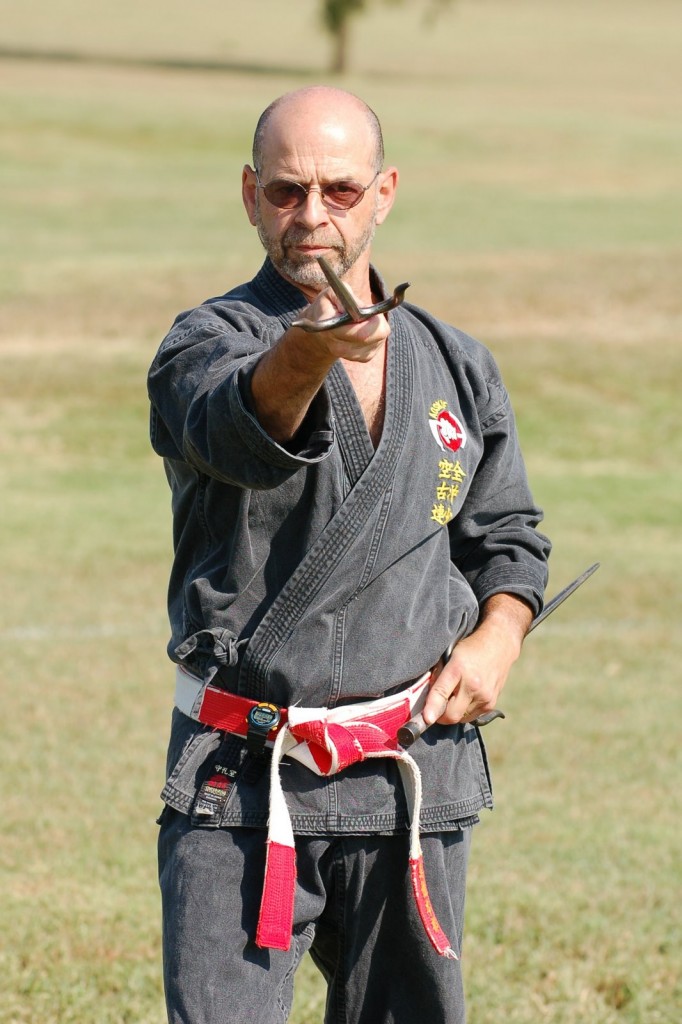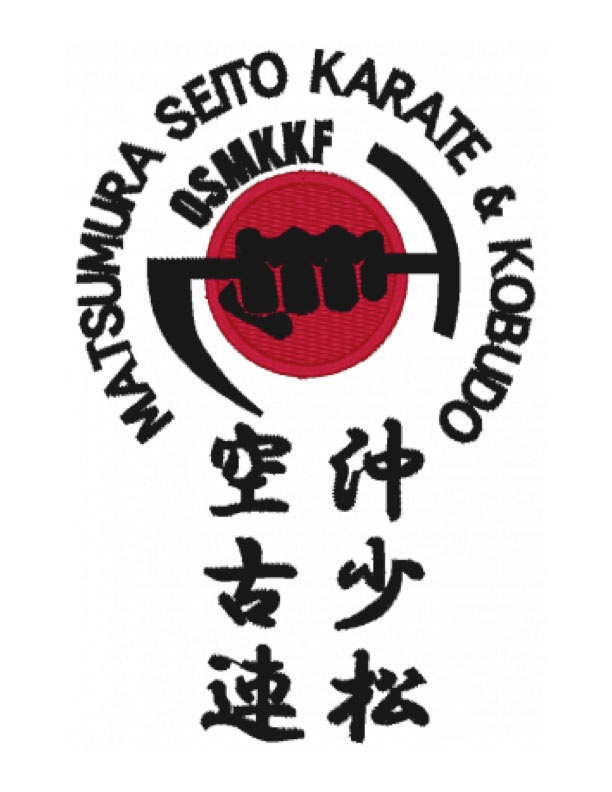Duty (義理 Giri) – Principles of Bushido
 The concept of “Giri” contains elements from words like loyalty, duty, responsibility and obligation. The Japanese kanji that make up giri, translate as loyalty, reason. Or, in other words, duty is the reason for loyalty. In America this is a hard concept to explain because most of our citizens are brought up to be very individualistic and have not been taught the concept of duty or obligation in depth. Dr. Glen Morris explains Giri in this way:
The concept of “Giri” contains elements from words like loyalty, duty, responsibility and obligation. The Japanese kanji that make up giri, translate as loyalty, reason. Or, in other words, duty is the reason for loyalty. In America this is a hard concept to explain because most of our citizens are brought up to be very individualistic and have not been taught the concept of duty or obligation in depth. Dr. Glen Morris explains Giri in this way:
“Giri is a Japanese word for obligation and it is often translated as duty or respect, but in the martial arts the concept becomes more honor-tied and feudal. What is it worth to you when a technique saves your life? Usually a lot more than the cost of whatever you have paid for your training. What do we owe to a teacher who reveals our true nature? A Zen master would say nothing since we are all immortal and being enlightened is just being yourself. A guru of the Krishna consciousness would say you must give all your worldly goods to the sangha (training group) and start working in the bean sprout cave. A Christian tithes ten percent. A Buddhist supports the Dharma, offers charity to teachers and seeks rightness. One has to use religious examples because the spirit of budo and chivalry are not easily modeled in these gentile times. However, masters of the warrior ways that are indeed avatars, not those who wear the mantle and quote the talk, are truly rare. If they are willing to sacrifice their time to improve your life then the rules of giri require you to assume the same generosity toward them.”
It has been my experience that the martial community in the West has become sorely ignorant of these teachings even to the point of denial and attacking real teachers. Real teachers are not obvious to the unenlightened eye. What is it worth to have the blinders removed? In such a case, giri is endless as your life has been changed by the words and actions of the “master.”
There are three basic archetypes of teaching in the Martial Arts and giri accrues to each.
1) The Technician teaches skills, usually by rote, and seeks perfection of techniques in self and student as standardized by the lineage.
2) The Artist teaches techniques by feeling, but has the technical expertise to make it work. S/he customizes the lineages techniques to fit the student.
3) The Sage teaches the techniques, art, principles, philosophy, history, and strategy. Essentially, the sage teaches a way of life.
 Examples of giri can be; the senior student who disciplines a
Examples of giri can be; the senior student who disciplines a
beginner after warning him three times to address the instructor by his title, not his first name; the dojo maintainers who take care of the training hall for the master; the student who anticipates the unspoken needs of the master; and those who understand that their own actions reflect on the teacher and act accordingly in all situations.
Giri is a debt that is owed to those whom you follow (including the Ancestral lineage, your teachers, etc.), and to those who follow you (now or in the future, including those who read your words or watch your videos). Giri not only flows up channel and down channel, but laterally, as well, to your fellow Senpai and Kohai, or all, depending on your personal viewpoint.
Understanding and living giri is an important trait on the path to martial arts mastery.
